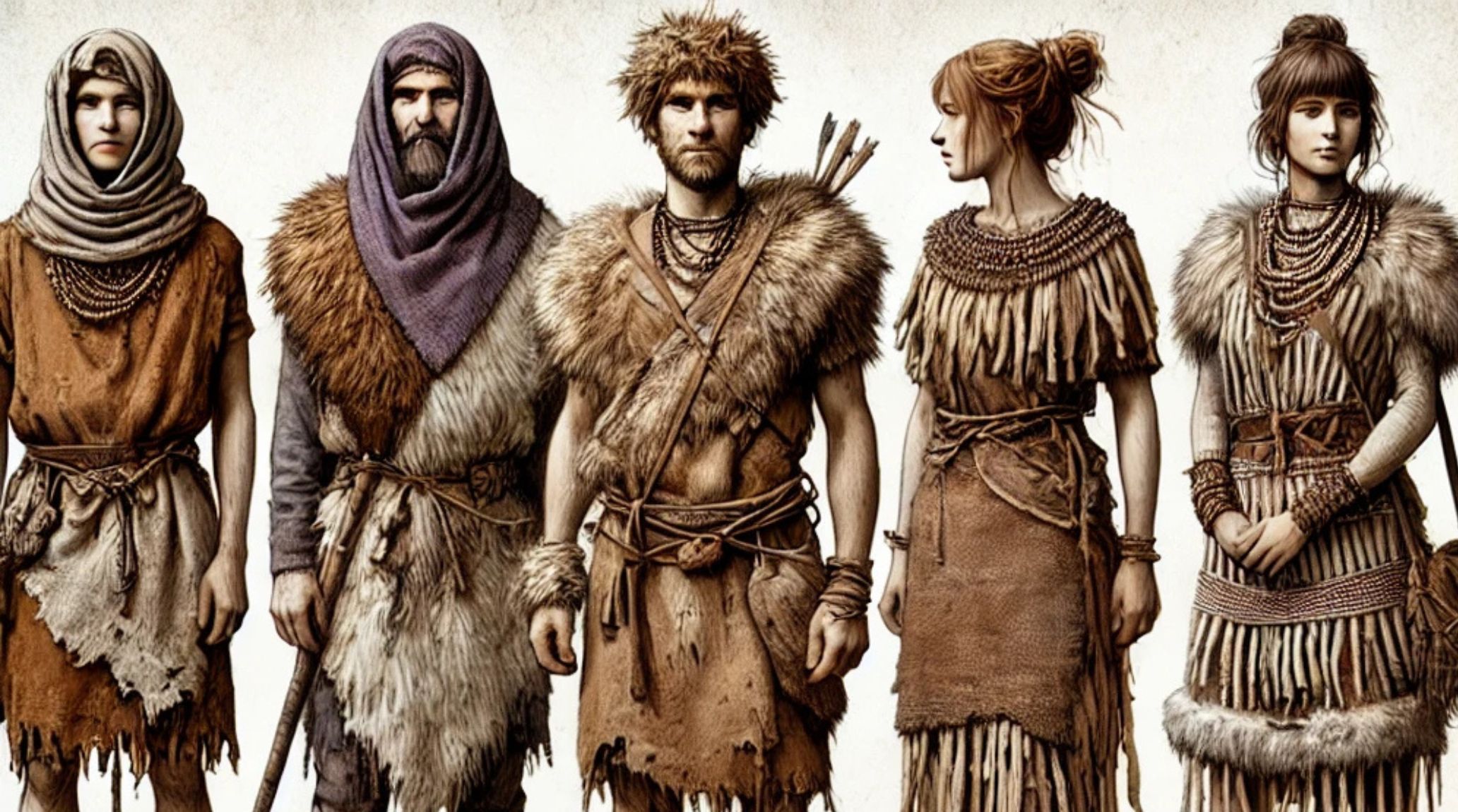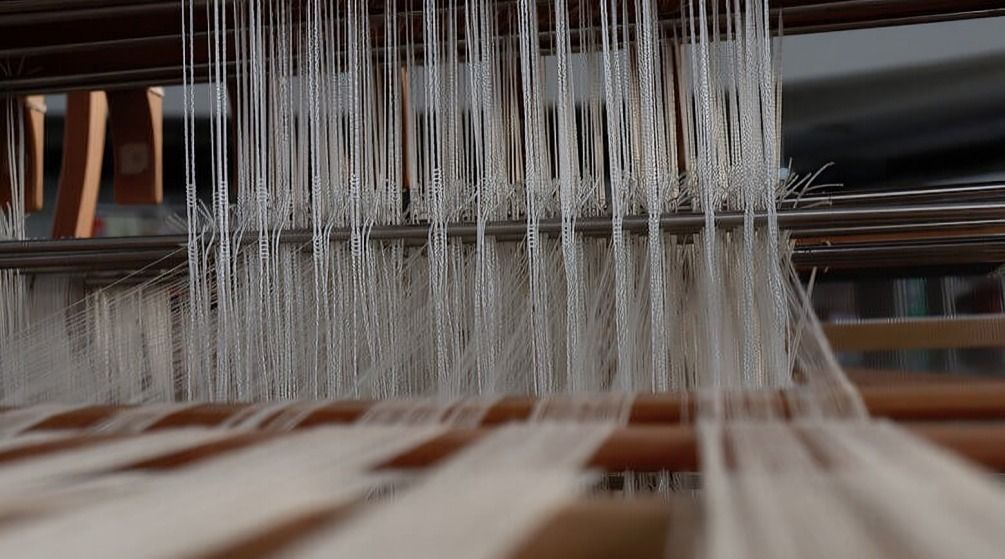
“
The Interesting Facts About Neolithic Clothing offer a fascinating glimpse into the lives and cultures of early societies. As these communities transitioned from nomadic lifestyles to settled farming, their clothing reflected changes in environment and resources. Neolithic clothing was made from various materials, including animal hides, plant fibers, and woven textiles, showcasing the creativity and adaptability of these early humans. The styles and functions of clothing also indicated social status and cultural identity, serving both practical and symbolic purposes. In this blog, we will explore 20 captivating facts about Neolithic clothing, revealing its significance in shaping early human culture.1
”
Neolithic clothing was made from animal hides and plant fibers. Early humans created garments from wool, linen, and leather, demonstrating their resourcefulness in using available materials for warmth and protection.1
Natural dyes were popular in the Neolithic, as people used pigments from plants and minerals. These colors allowed for self-expression, with individuals showcasing social status and identity through the colors and designs of their clothing.2
Accessories played a crucial role in Neolithic fashion. Beads and pendants made from bone, stone, and shell adorned garments, highlighting personal style and indicating social hierarchy among various communities.3
Footwear varied in the Neolithic, with sandals and boots made from leather and plant fibers. This innovation reflected the diverse environments and practical needs of early humans, providing comfort and protection.4
Hats and head coverings were worn for protection against harsh elements. These garments shielded individuals from the sun, rain, and cold, illustrating the importance of adapting clothing to environmental challenges.5

Clothing styles in the Neolithic reflected social roles within communities. Distinct garments indicated leaders and workers, reinforcing social structures and fostering a sense of belonging among individuals in various roles.
Animal symbolism influenced Neolithic clothing, with patterns inspired by local wildlife. This connection to nature emphasized spiritual beliefs and a deep respect for animals that provided sustenance and materials.6
Body decoration was common in Neolithic cultures. Tattoos and body paint expressed identity and status, further enhancing the visual representation of individuals’ lives through their choices in appearance.7
The transition from nomadic to settled lifestyles influenced clothing styles. With agriculture on the rise, clothing became practical and durable, reflecting the identities of emerging agrarian societies and their daily labor.8
Climate changes during the Neolithic affected clothing materials and styles. Communities adapted their garments to provide better protection against elements like rain, wind, and cold, meeting diverse environmental challenges.9
Certain cultures created ceremonial clothing for rituals and celebrations. These garments featured elaborate designs, showcasing artistic capabilities and the significance of spirituality in daily life.10
Textile production flourished as agricultural practices advanced. Surplus resources allowed for experimentation with weaving techniques, transforming clothing from survival gear to symbols of artistic expression and cultural identity.11
Animal skins were often embellished with decorative elements. Beads and embroidery enhanced the visual appeal of garments, conveying stories and beliefs that connected wearers to their ancestors and cultural heritage.12
The invention of spinning techniques revolutionized fabric production. This innovation allowed for finer textiles, paving the way for sophisticated clothing styles that enhanced comfort and aesthetic appeal.13
Cultural exchanges led to diverse clothing styles in the Neolithic. Trade routes facilitated the sharing of ideas, enriching local traditions and allowing influences to shape unique regional attire.14

Neolithic communities developed weaving techniques that were foundational for future textile production. Simple looms helped create intricate fabrics, reflecting evolving craftsmanship and artistry that enhanced clothing quality.
Clothing served as a powerful form of communication in Neolithic societies. Individuals expressed identity, status, and emotions through their careful selection of fabrics, colors, and designs in their garments.15
Specialized garments for different activities marked an evolution in Neolithic clothing. Distinctive attire for hunting, farming, and ceremonies showcased the importance of practicality in meeting the diverse needs of early humans.16
Neolithic clothing adapted to changing body shapes, especially for pregnant women. This flexibility shows early communities’ awareness of individual physical needs within their cultural contexts.17
Layered clothing emerged as a significant trend during the Neolithic era. By skillfully mixing various materials, early humans effectively adapted to diverse climates, enhancing warmth and mobility throughout their daily activities.18


